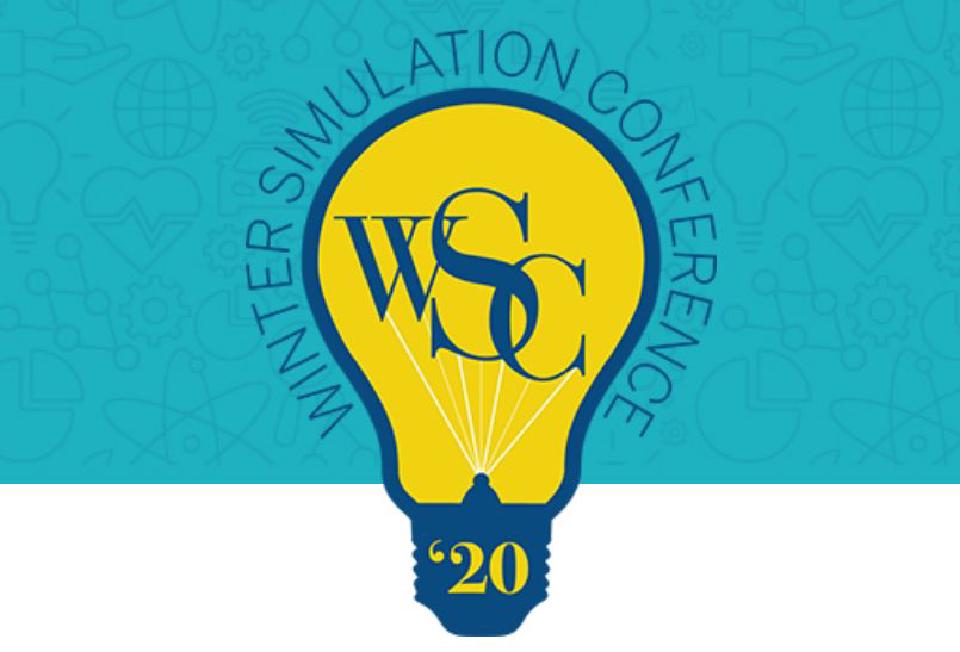Note: This is an automated translation (using DeepL) of the original German article.
Research on optimization of traction unit circulations and infection propagation is presented
This year’s Winter Simulation Conference (WSC) 2020 will be held virtually for the first time after 52 years - due to corona - from December 14 to 18. Included are two research papers from dwh GmbH.
While the first paper, “Anomalous Transport of Infectious Diseases in Structured Populations” by Günter Schneckenreither, is theoretical in nature and describes the fundamentals and interrelationships of mathematical simulation theory in the spread of infection in populations, the second presents results of the just completed research project AundO.
This publication, entitled “Simulation and Optimization of Traction Unit Circulations” by Matthias Rössler et al., addresses the optimization of locomotive deployment planning. This planning, i.e. which locomotive serves which train services, is a time-consuming process that is currently performed manually by planners at ÖBB. Mathematical optimization can support the planners by providing efficient plans. Unfortunately, many or most of these plans are not feasible in reality, because an efficient timetable is very sensitive to delays and disruptions in the operational flow. This is because delays affect other trains and propagate through the timetable, amplifying themselves in the process.
The AundO research project addressed the question “How can optimization generate not only efficient but also robust schedules and locomotive assignments?” This paper presented at WSC 2020 summarizes the results of the project. By using simulation to test and evaluate the schedules generated by an optimization in terms of their robustness to delays, it is possible to analyze where in the schedule delays have the most and most severe impact. By scheduling appropriate buffers, these impacts can be reduced. The methods of combining optimization and simulation and feeding the findings of simulation back into optimization were tested using an application example, the results of which are very promising.
